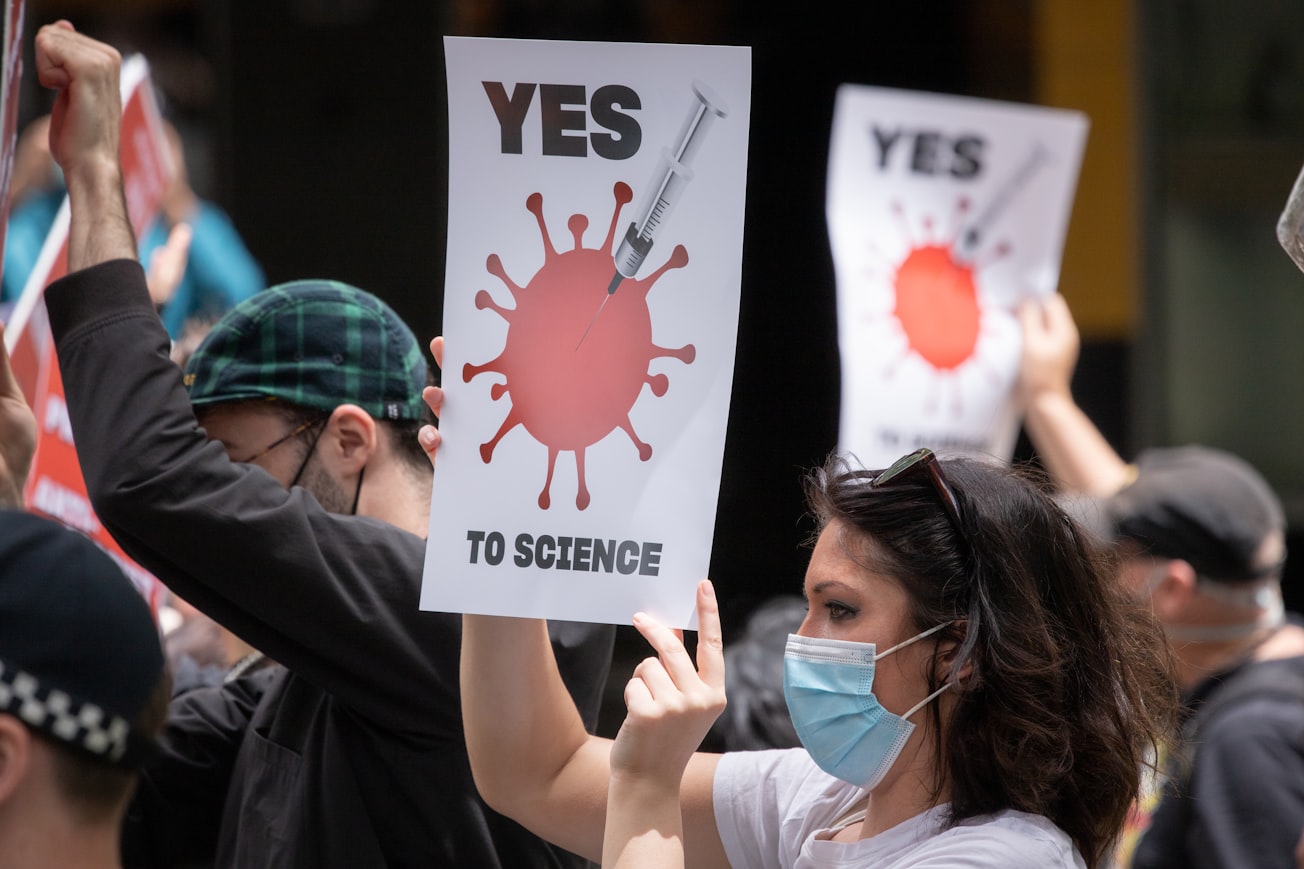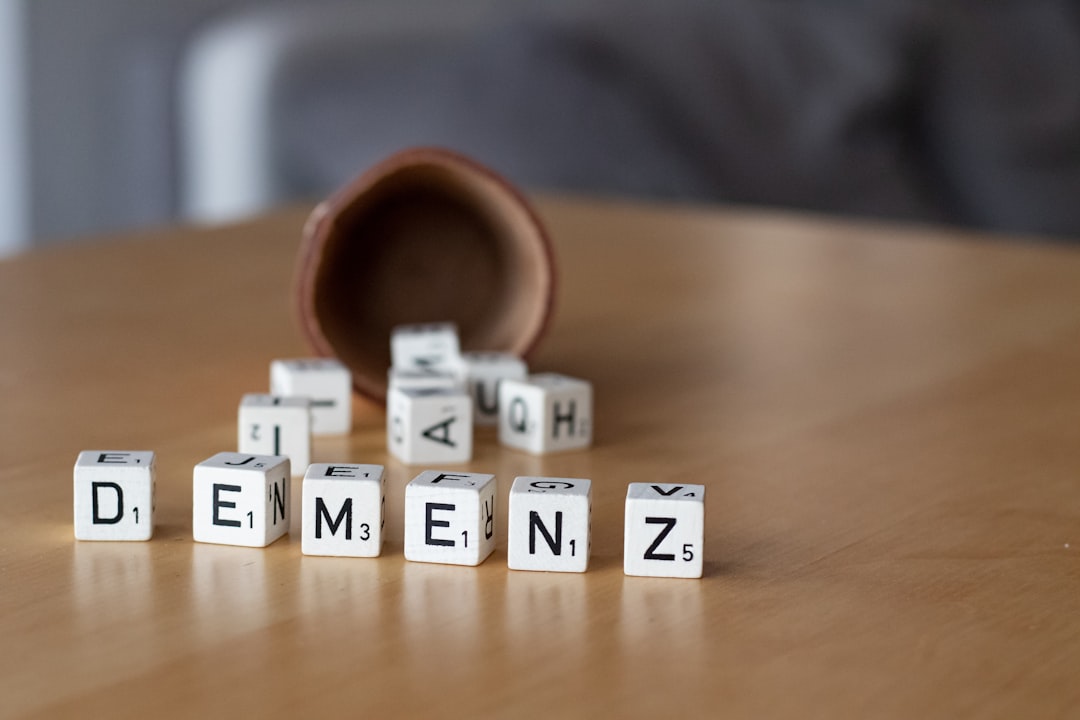What is it about?
Racial mortality gaps due to COVID-19 seemingly reduced through the pandemic. Initial explanations for such inequalities focused on static factors like geography or age-structures which cannot explain the time varying patterns. We highlight the importance of political polarization -- the partisan divide in pandemic policies and beliefs -- that varies over time and space in explaining these changes in inequality in racial mortality.
Featured Image

Photo by Mitchell Luo on Unsplash
Why is it important?
Our findings suggest that public health outcomes can be substantially influenced through political polarization. It also suggests caution in interpreting and investigating reductions in racial inequality in mortality. We find that the apparent decreases in inequality in the pandemic are driven by increasing total deaths--mostly among white Americans--rather than decreasing mortality among black Americans, that containment policies are associated with decreasing inequality (likely resulting from lower relative mortality among Blacks), and that as the partisan disparity in Americans who were "unconcerned" about COVID increased, racial inequality in COVID mortality decreased, generating the appearance of greater equality consistent with a "race to the bottom" explanation as overall deaths increased.
Perspectives
We hope this article helps encourage conversations about how public health policies can be considered with the political environment in mind; while working on these cross-influencing topics is challenging, it has been rewarding for us as researchers to do so, and we imagine in the public policy realm it can be even more impactful.
Adeline Lo
University of Wisconsin Madison
Read the Original
This page is a summary of: The polarization of politics and public opinion and their effects on racial inequality in COVID mortality, PLoS ONE, September 2022, PLOS,
DOI: 10.1371/journal.pone.0274580.
You can read the full text:
Contributors
The following have contributed to this page










